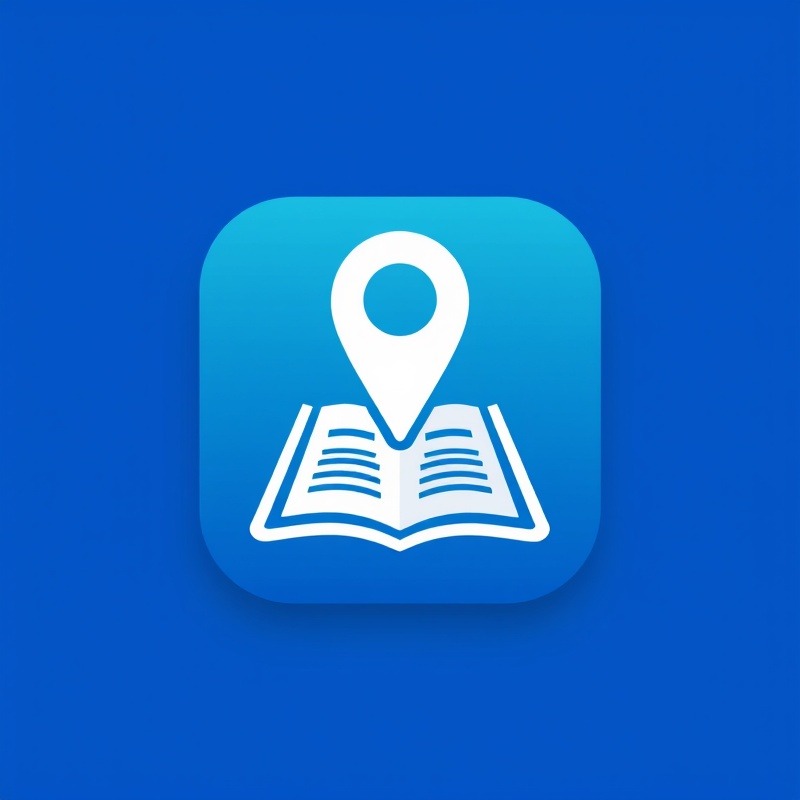
The Interplay of Data and Art: A New Symphony
In a world increasingly driven by information, the convergence of data and art presents a unique opportunity to reimagine how we interact with and perceive our surroundings. The concept of sonification, introduced by composer Jonathan Middleton in his TEDxSpokane talk, challenges traditional notions of data representation, inviting professionals to consider how artistic elements can enhance our understanding of complex datasets.
In the TEDxSpokane talk titled ‘What if our data sounded like music?’, the exploration of sonification provides valuable insights into blending art and data—an inspiring topic that merits further analysis.
Expanding the Meaning of Data: The Role of Sonification
Typically, data is visualized through abstract graphs and charts, making it challenging for individuals to grasp underlying trends or narratives. Middleton proposes an alternative through auditory displays where data, such as meteorological statistics or heart rates, are transformed into music. This sonification process creates a deeper emotional connection with the data, allowing individuals to experience information in a temporal format that evolves over time, much like the changing weather itself.
A Harmonious User Experience: The Future of Communication
Imagine waking up to a morning forecast accompanied by a melody that encapsulates the day’s weather. Instead of mundane numeric readings, the music might crescendo with sunny predictions while softly descending for rain. This innovative approach has significant implications for user experience, particularly in the fields of technology, education, and healthcare, where engaging individuals can lead to improved decision-making and better informed actions.
Exploring Biological Data Through Music
Middleton's approach extends beyond weather; he ventures into the biological realm, showcasing how the DNA of a redwood tree can be rendered into sound. This method not only makes genetic information accessible but adds layers of meaning and engagement. The idea that silence, when mapped to a musical pitch, can convey significance is a critical reminder that what we traditionally perceive as noise can carry profound messages.
Applications in Science and Technology
As technology progresses, so too do the ways we can leverage data—from artificial intelligence and machine learning to advancements in biotechnology. The application of musical representations can enhance fields such as data science, where complex datasets can be better understood through auditory means. The implications of this intersection could lead to solutions for pressing global issues, from climate change to public health crises. The potential to communicate these challenges in compelling formats could motivate collective action and drive innovation.
Bridging Disciplines: The Power of Creativity in Science
Traditionally seen as separate, art and science are merging in fascinating ways. Music, a medium often associated with emotion and creativity, can breathe new life into scientific data. This innovative engagement encourages professionals from various disciplines to collaborate, sparking new ideas and pioneering solutions. It fosters a culture of creativity that is essential for solving multifaceted problems within our rapidly evolving global landscape.
Conclusion: A Call to Embrace Innovation in Data
The discussion raised by Middleton in “What if our data sounded like music?” invites us to re-evaluate our relationship with data and consider how we can use creativity to enhance comprehension and engagement. As professionals in diverse fields, we are called to explore these imaginative representations of information—merging art with technology, innovation with tradition, and emotion with reason. The future lies in our ability to translate complex data into not just comprehensible forms, but forms that resonate, motivate, and inspire change.
 Add Row
Add Row  Add
Add 




Write A Comment